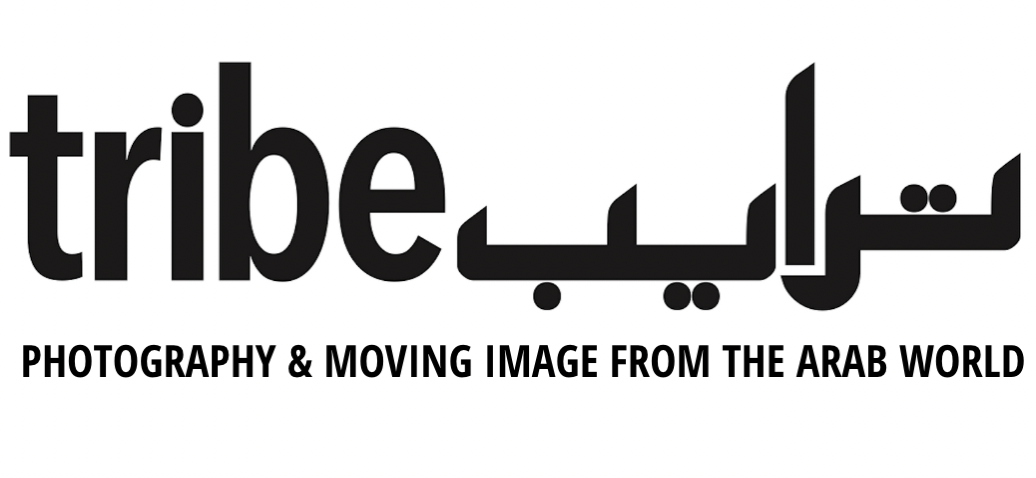Web Editor’s Letter
What is a photography, film, and video magazine worth to us these days? Those of us engaging in the meditative practice of archiving know that it has never been more pressing to etch our own narratives into the cold metal plate of history. Amid a plethora of social representations about us, the Arabs, and our art, we have toiled to provide here an indelible index, a cornucopia of creative force and dedication, that can be undeniable and iterative.
Tribe’s Issues 11 and 12 foreground the tectonic shifts occurring in art forms, telling of new models of sociality, community, and participation (like the Internet once was)—further actors in the standard-setting configuration of our many realities. Articulating the world’s processes has been a prominent theme amidst so much dilapidation and tragedy, the Beirut port explosion being one imposing example. Nevertheless, the Arab world’s mimetic expressions through 2020 and 2021 have borne their share of sociocultural responsibility, suturing our gazes into specific contexts and geographies and effectively “stitching us all up.” Our modes of address have been loaded with unprecedented burdens of “place,” of which we thought the digital age had rid us long ago. We have a responsibility to tell; and we want to speak about and understand each other’s regional complexities, but without assuming we ever could.
As it turns out, though, we do know a little something about who we are, and we have fervently issued out our voices. Ever-abundant as they are, we must level them with better and more consistent sorting and curation. That has perhaps been our greatest challenge: to inflect intelligently and compassionately the art of disparate endogenous players in line with new editorial standards, post-hiatus. In thinking about the task of assemblage, we have been able to shift our focus from exerted influence to the ways in which we systematize, intersubjectively and intentionally, the resources and connections in our field. Even so, in cultural terms, Tribe can incarnate the seminal uses of arts publications at large, whereby writers and editors can interpellate an editorial language of respect and better industry practices, and in so doing elicit a directive, and not an arbitrary, readership. We understand just how performative our language can be and we have seen it shift paradigms.
Tribe is Arab-art-centric but our pages root our epistemological barter of life and circumstance in the English language, which is also true of many diasporic and in-situ Arabs. Beyond and perhaps in spite of history’s “-isms,” we have appropriated it, adjusted the pitch, and posed our own questions. Better Arabic representation and assisted reading on our website are in the works. But here, for now, I hope that our deep love for our host-language informs the symbiosis of text and image and allows us to more impactfully poeticize the poetic.
Dalia Hashim
March 11, 2022

